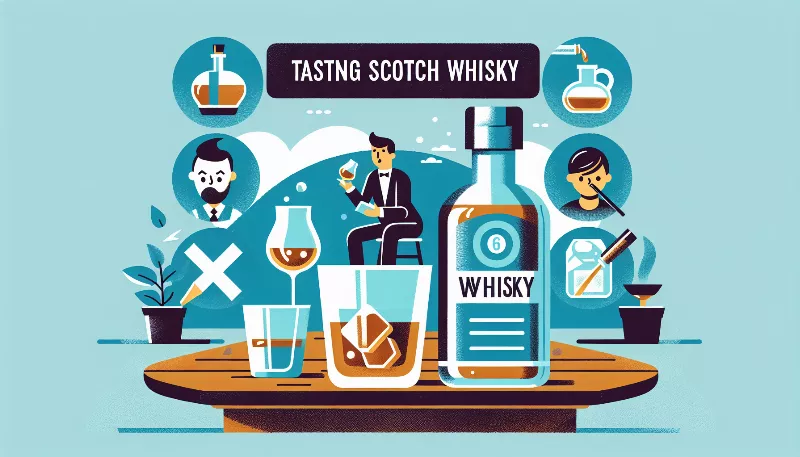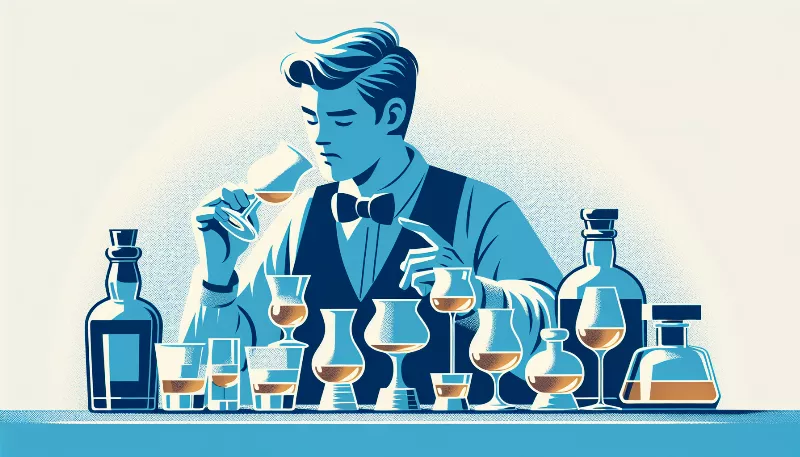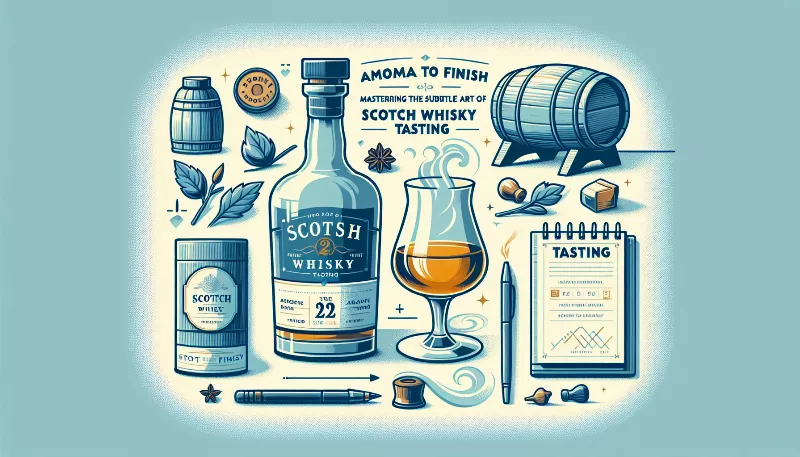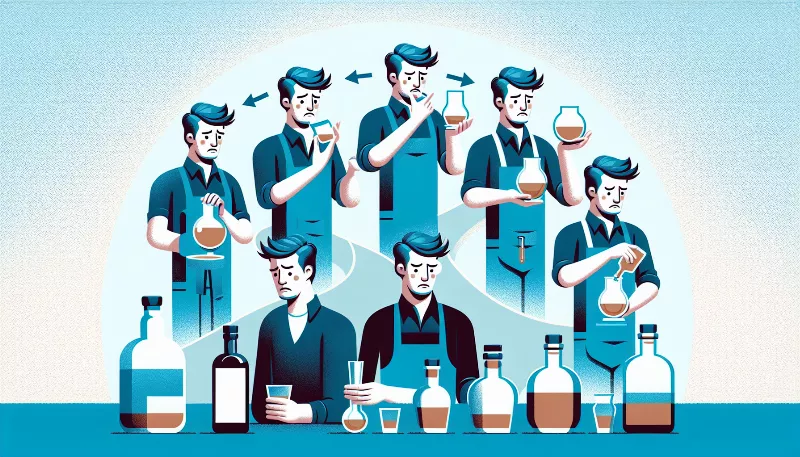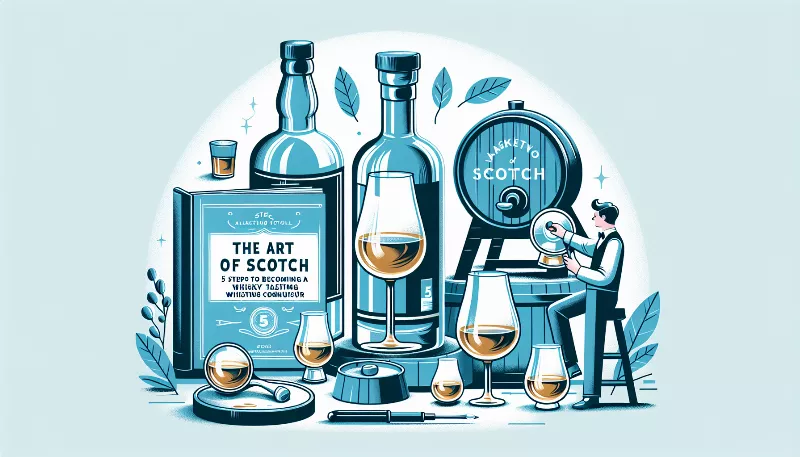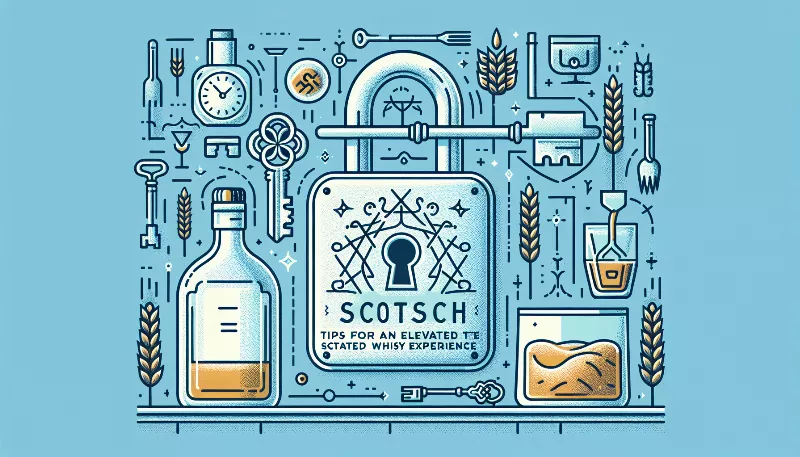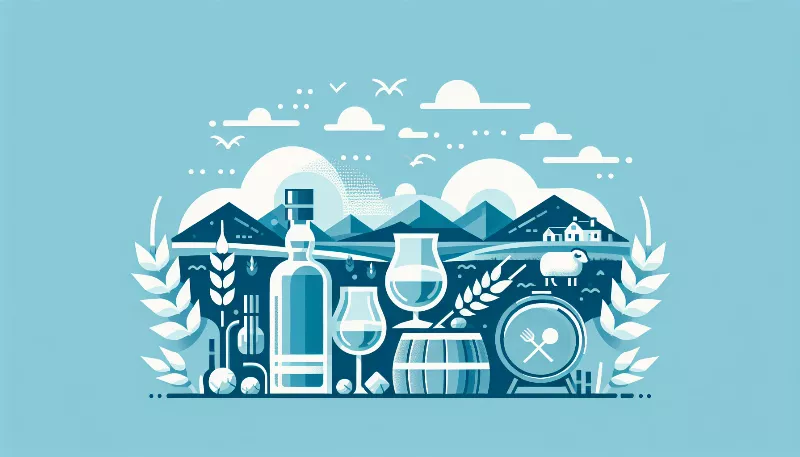From Grain to Glass: The Art of Crafting Scotch Whisky
Discover the secrets of Scotch whisky making, from malting grains to aging in oak barrels. Savor the journey of Scotland's finest spirit.
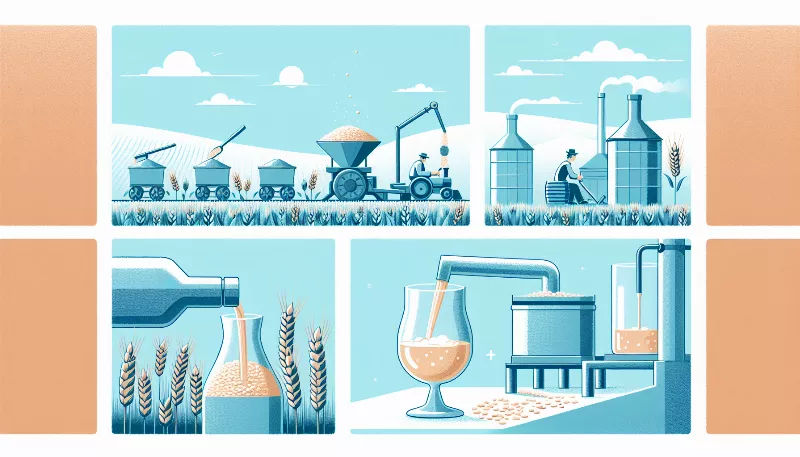
Embarking on a Journey of Alchemy: The Birth of Scotch Whisky
Imagine the rolling hills of Scotland, the air filled with the scent of peat and the sound of babbling brooks. It is here that the magical process of creating Scotch whisky begins—a process steeped in tradition, precision, and passion. From the selection of grains to the final pour, crafting Scotch whisky is an art form that has been perfected over centuries. Let's embark on this enchanting journey from grain to glass, exploring the alchemy that transforms simple ingredients into one of the world's most cherished spirits.
The Gathering of Grains: Selecting the Foundation
The story of Scotch whisky starts with its primary ingredient: grain. Barley is the star of the show, chosen for its ability to convert starches into fermentable sugars. But it's not just any barley that will do. Scottish distillers are meticulous in selecting the right variety, ensuring it has the perfect balance of starch, protein, and enzymes for optimal fermentation and flavor. Once harvested, the barley is malted, a process where the grains are soaked in water and allowed to germinate. This crucial step unlocks the sugars needed for fermentation, setting the stage for the magic to come.
The Heart of Flavor: Malting and Mashing
After germination, the malted barley is dried in kilns, often over peat fires, which imbue the grains with that distinctive smoky flavor characteristic of many Scotch whiskies. The dried malt is then ground into a coarse powder known as grist. The grist is mixed with hot water in a process called mashing, which further breaks down the starches and converts them into sugars. This sweet liquid, now called wort, is drained off and ready for fermentation, while the remaining solids, or 'draff,' are often used as nutritious feed for local livestock.
The Alchemy of Fermentation: Brewing the Base
In wooden or stainless steel washbacks, the wort meets its destiny with yeast. Over the course of several days, these tiny microorganisms feast on the sugars, producing alcohol and carbon dioxide, along with a plethora of flavors and aromas. This lively concoction is now called 'wash' and is essentially a strong beer, sitting at around 5-8% alcohol by volume. It's this wash that will undergo the transformative process of distillation, inching ever closer to becoming the revered spirit we know as Scotch whisky.
The Refinement of Distillation: Capturing the Spirit
Distillation is where the true artistry of whisky-making comes into play. Scotch whisky is typically distilled twice (and sometimes three times) in copper pot stills. The shape and size of these stills are often unique to each distillery and play a significant role in defining the character of the final spirit. During distillation, the wash is heated until the alcohol vapors rise, condense, and are collected. Only the 'heart' cut of the distillate, the purest and most flavorful part, will be used to make Scotch whisky. The rest, the 'heads' and 'tails,' are usually redistilled or discarded.
The Maturation Marvel: Aging with Grace
Now, the clear, potent spirit—known as 'new make spirit'—is ready for maturation. It is filled into oak casks, where it will spend years, often decades, slowly developing its complexity. The wood plays a critical role, imparting color, flavor, and character to the whisky. Whether the casks have previously held sherry, bourbon, or wine, each contributes its own nuances to the aging spirit. Over time, the interaction between the wood, the spirit, and the unique Scottish climate creates a symphony of flavors that can only be achieved through patience and time.
The Final Craft: Blending and Bottling
As the whisky reaches maturity, master blenders step in to work their magic. They sample and select from different casks, artfully combining them to achieve the desired flavor profile. This blending is a skill honed over years of experience, requiring a keen nose and a discerning palate. Once the blend is perfected, the whisky is bottled, often at a specific strength, and labeled with its age—the number of years it has spent maturing in casks. Finally, the Scotch whisky is ready to be savored, a testament to the craft and care that has gone into every drop.
A Toast to Tradition: The Enjoyment of Scotch Whisky
From the golden fields of barley to the clink of a glass, Scotch whisky is a celebration of Scottish heritage and craftsmanship. Whether enjoyed neat, with a splash of water, or as part of a sophisticated cocktail, each sip offers a taste of the land and the labor that went into its creation. So, raise your glass to the distillers, the blenders, and the cask makers who have kept this ancient art alive. Slàinte mhath!

